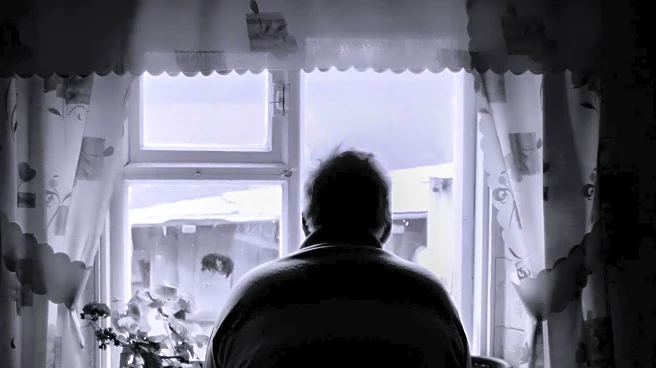What's Happening?
A recent survey has highlighted a significant decline in the amount of time Generation Z spends outdoors compared to Generation X. The poll, which surveyed 2,000 adults, found that Gen Z individuals spend an average of 49 minutes outside on weekdays, primarily for commuting purposes. In contrast, Gen X spends about 65 minutes outdoors daily. The study, commissioned by Super, Natural British Columbia, attributes this trend to factors such as bad weather, lack of time, and a preference for not being alone. Additionally, the survey revealed that 67% of Gen Z respondents could go days without stepping outside. The research also noted a societal disconnect from nature, as reflected in the declining references to nature in media since the 1950s.
Why It's Important?
The findings underscore a growing disconnect between younger generations and the natural environment, which could have implications for mental and physical health. Spending time in nature is known to offer numerous benefits, including stress reduction and improved well-being. The trend of reduced outdoor activity among Gen Z could lead to increased screen time and a sedentary lifestyle, potentially impacting their health. Moreover, the study suggests that media consumption patterns influence this behavior, as nature is less frequently depicted in contemporary media. This disconnect may also affect environmental awareness and conservation efforts, as personal experiences with nature often drive advocacy and engagement.
What's Next?
To address this issue, initiatives like The Nature Rating tool have been developed to encourage more interaction with nature through media. This tool assesses the presence of nature in various media forms and aims to inspire real-world engagement with the natural environment. Additionally, there may be a push for educational and community programs to promote outdoor activities among younger generations. Parents and educators could play a crucial role in fostering a connection with nature by organizing group activities and outdoor learning experiences. As awareness of the benefits of nature grows, there may be increased efforts to integrate natural elements into urban planning and public spaces.










